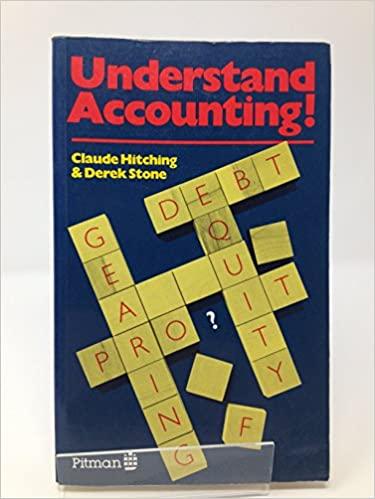Answered step by step
Verified Expert Solution
Question
1 Approved Answer
6) Salaries and Wages Expense appears on the while Salaries and Wages Payable is a(n): A) Balance sheet: expense on the balance sheet B) Balance

Step by Step Solution
There are 3 Steps involved in it
Step: 1

Get Instant Access to Expert-Tailored Solutions
See step-by-step solutions with expert insights and AI powered tools for academic success
Step: 2

Step: 3

Ace Your Homework with AI
Get the answers you need in no time with our AI-driven, step-by-step assistance
Get Started


